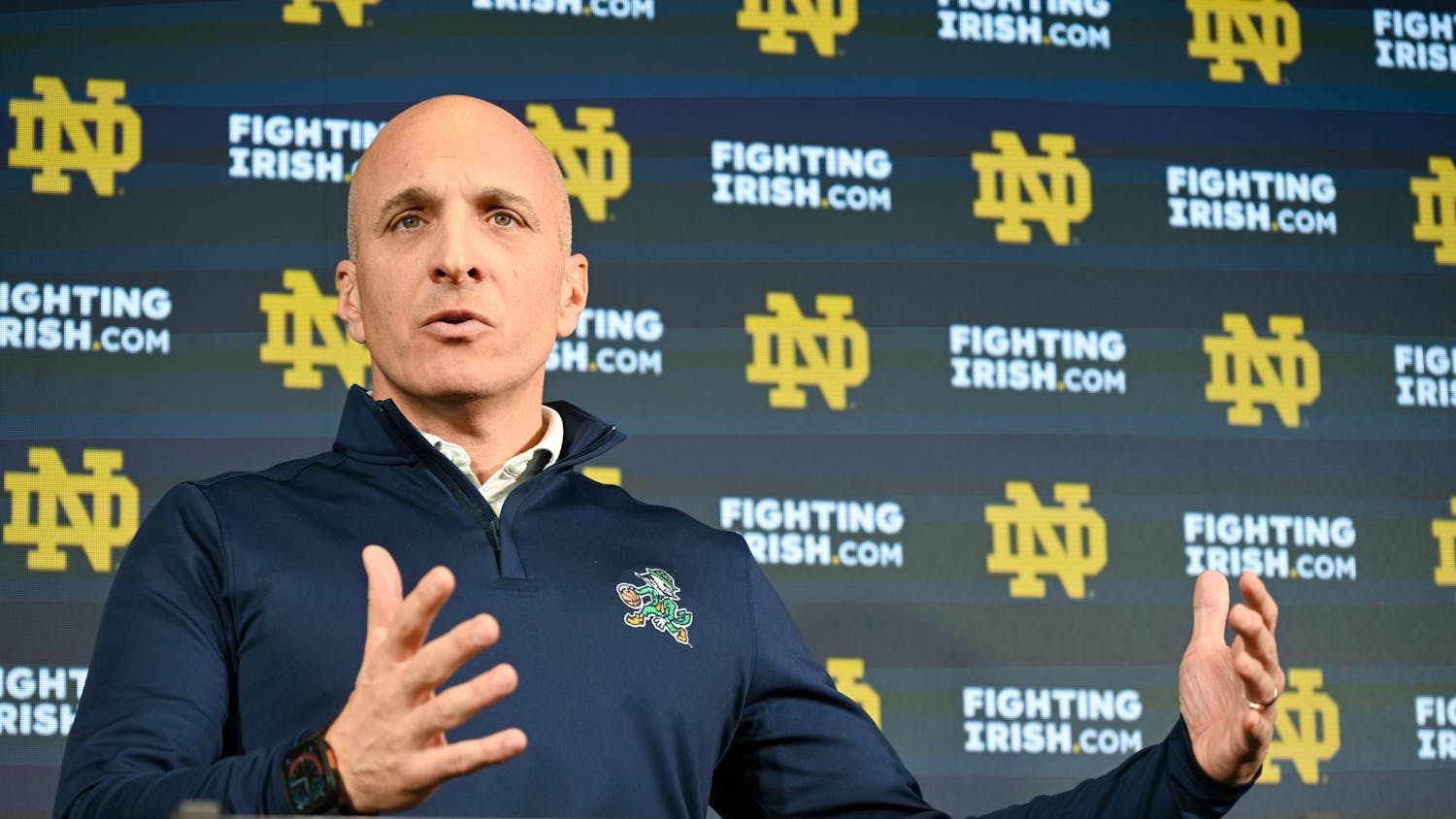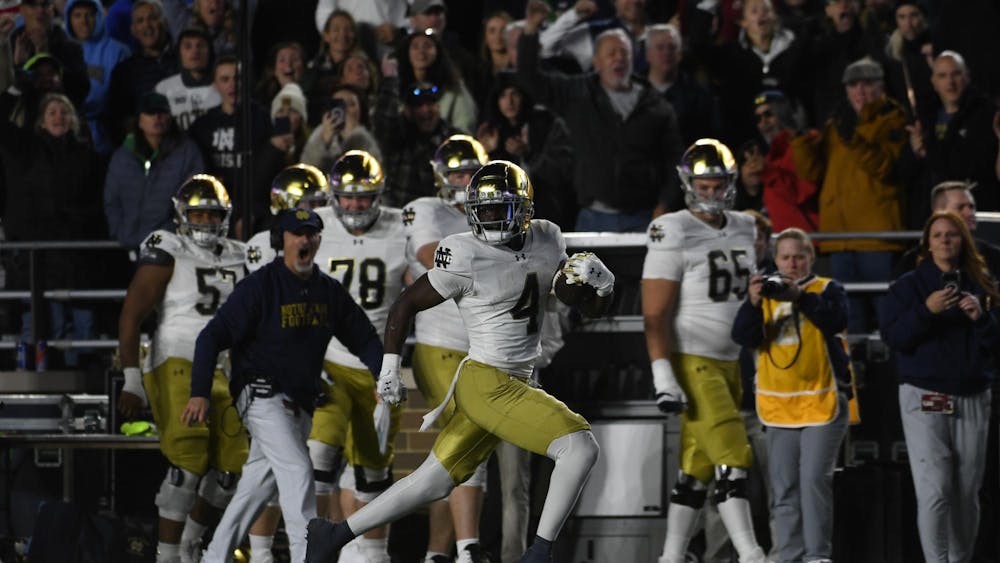It’s no secret that the WNBA, like most women’s professional athletic leagues, has been fighting for wage equality and relevance in today’s world. After years of fighting, many impromptu tweets and coincidental timing, the League finally has the opportunity to tackle both wage and relevance issues head on.
The shift in the League started earlier this month when WNBA President Lisa Borders stepped down to become the CEO of Time’s Up. With Borders’ departure and the approaching deadline for the WNBA players to opt out of their current collective bargaining agreement on Oct. 31, the league is in the perfect and rare position to make change.
In order to capitalize on this window, the WNBA needs to do two things:
- It needs to hire a commissioner, not another president, to replace Borders.
- The WNBA Players Association needs to opt out of its current collective bargaining agreement (CBA).
Silver’s fickle nature has proven that he isn’t the perfect person to lead the WNBA into its next stage. Silver has publicly criticized the WNBA for its lack of marketing while offering no solutions to help the League, and more recently he helped approved new investments into the NBA G-League to create a new contract that would pay top-ranked high schoolers $125,000. That decision was a slap in the face to the entire WNBA. Fourteen-year league veteran Diana Taurasi made the League maximum $113,500 and reigning league MVP Breanna Stewart made under $60,000 last season. Silver did announce a reboot of the WNBA a few days later, but the timing of the announcement appeared to be a convenient way to avoid backlash. The bottom line is that unproven teenagers don’t deserve to be compensated more than proven WNBA players. Silver has shown the WNBA isn’t his top priority, and the WNBA should act accordingly by electing to use its own commissioner.
Reigning WNBA champion Sue Bird chimed in on the debate and offered her own candidate for a possible WNBA commissioner — former NBA commissioner Stern.
In addition to gaining a stronger leader, the leader of the WNBA players association needs to opt out of its current CBA in order to have a chance to increase their salaries. Compared to other sports’ leagues, the WNBA salary is laughable. The current average league salary is around $71,000 per season under the current CBA that pays players approximately 25 percent of the League’s revenue shares, in contrast to the 50 percent NBA players receive. While the eight and nine-figure contracts that NBA players such as LeBron James and Steph Curry have signed are nearly impossible for the WNBA to emulate, because the WNBA only makes 2.5 percent of the NBA’s revenue, the WNBA should invest in its players and pay them a higher wage.
This offseason has afforded the WNBA the opportunity to make impactful changes that will have lasting effects on future women’s basketball players. Hopefully the League will take full advantage.








